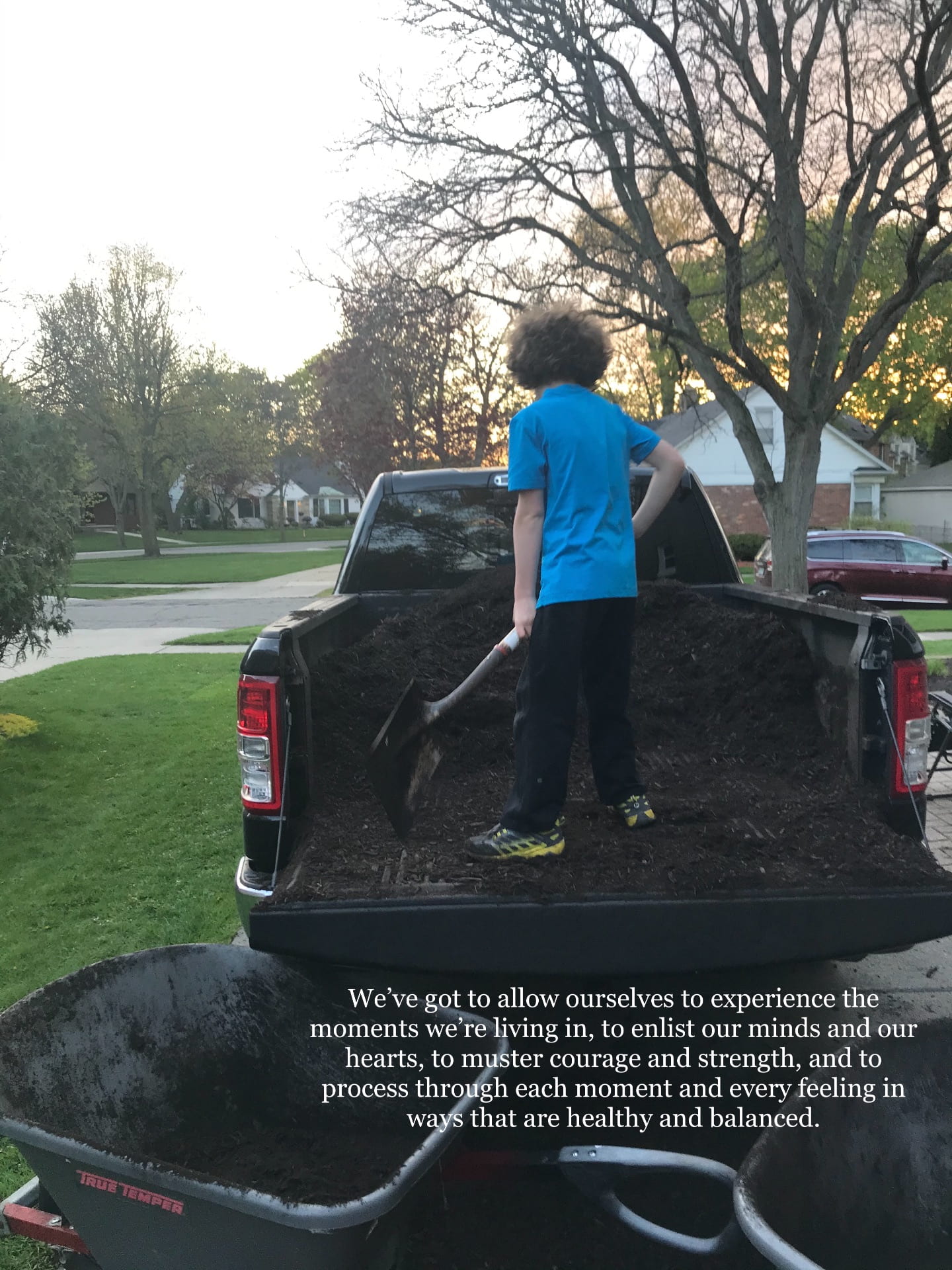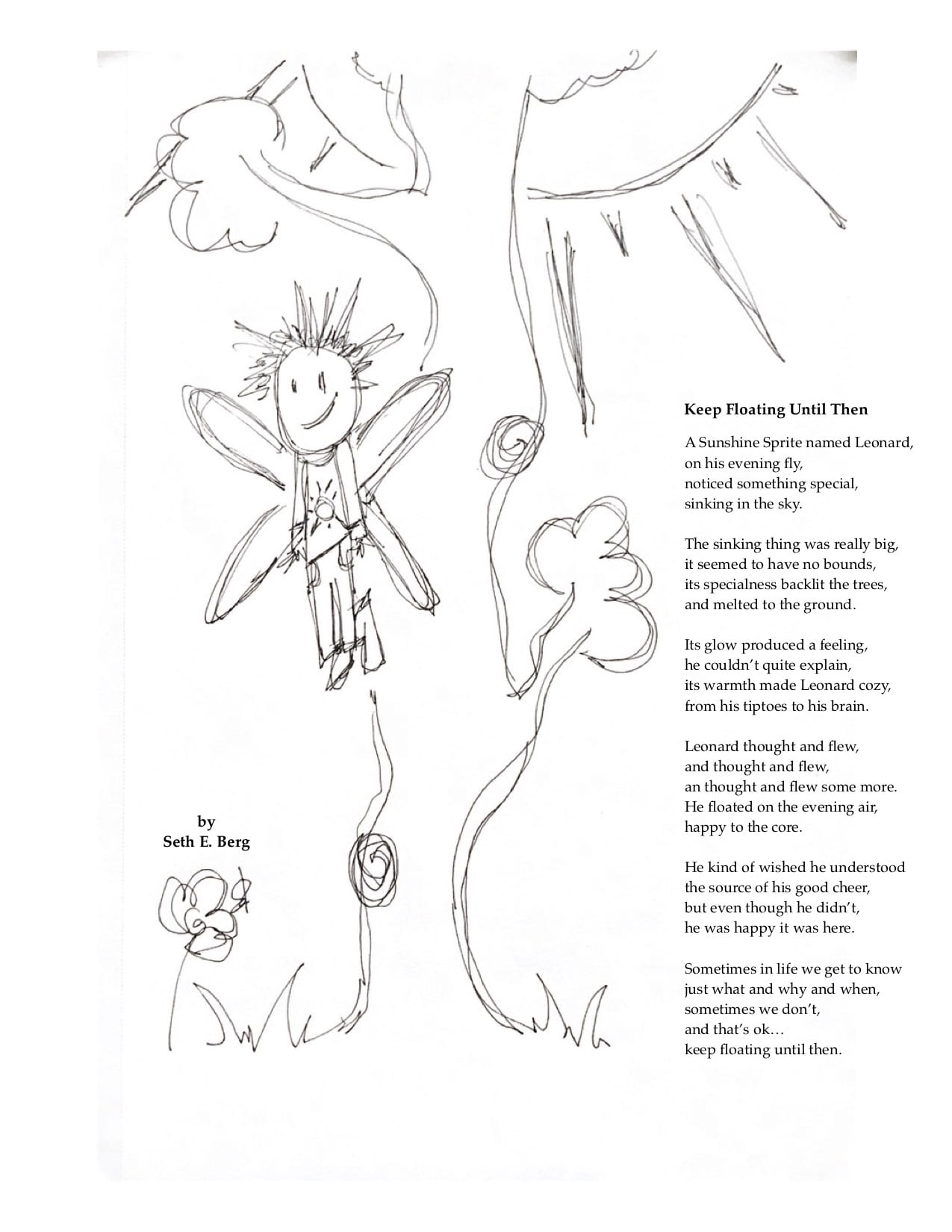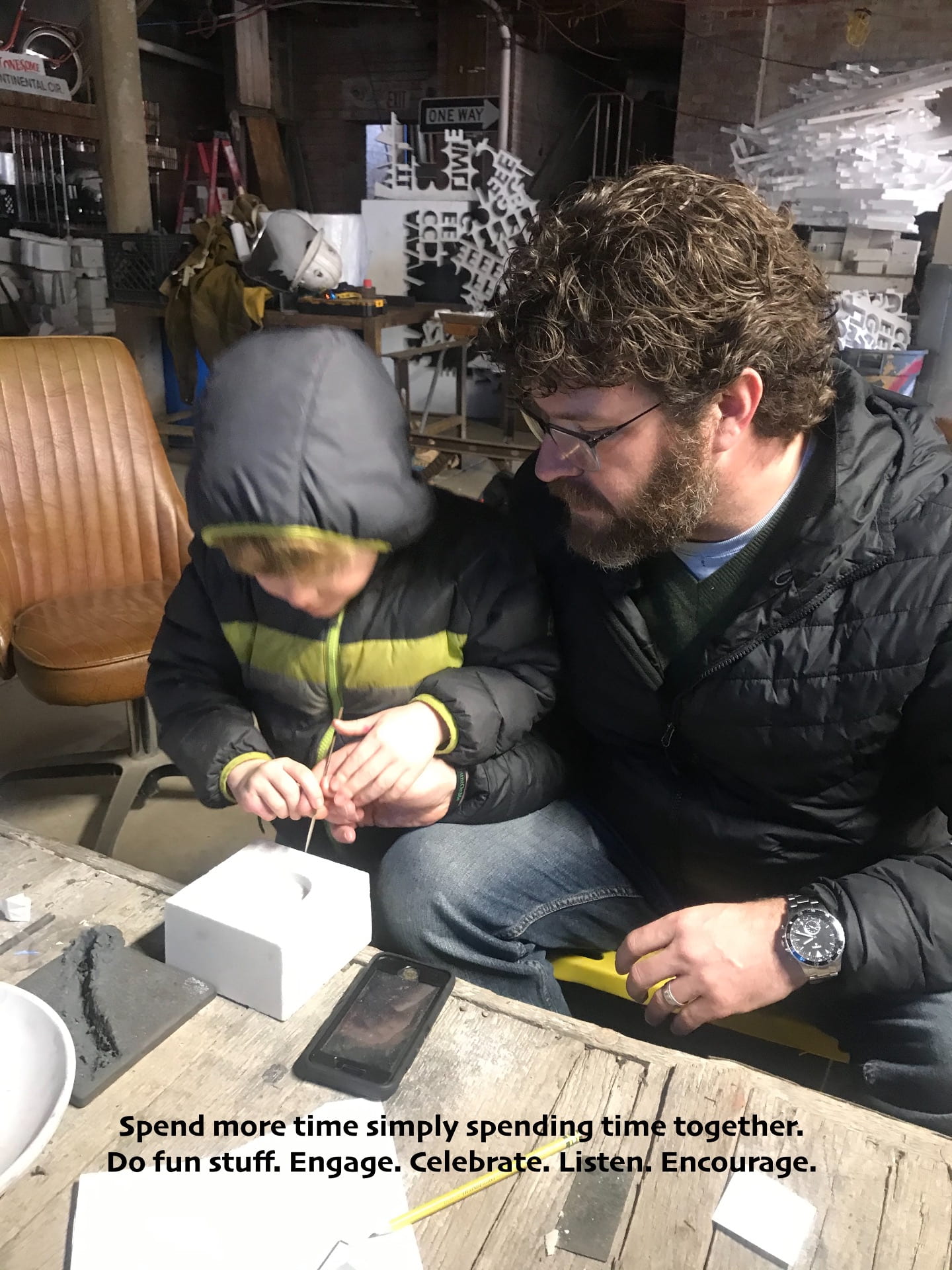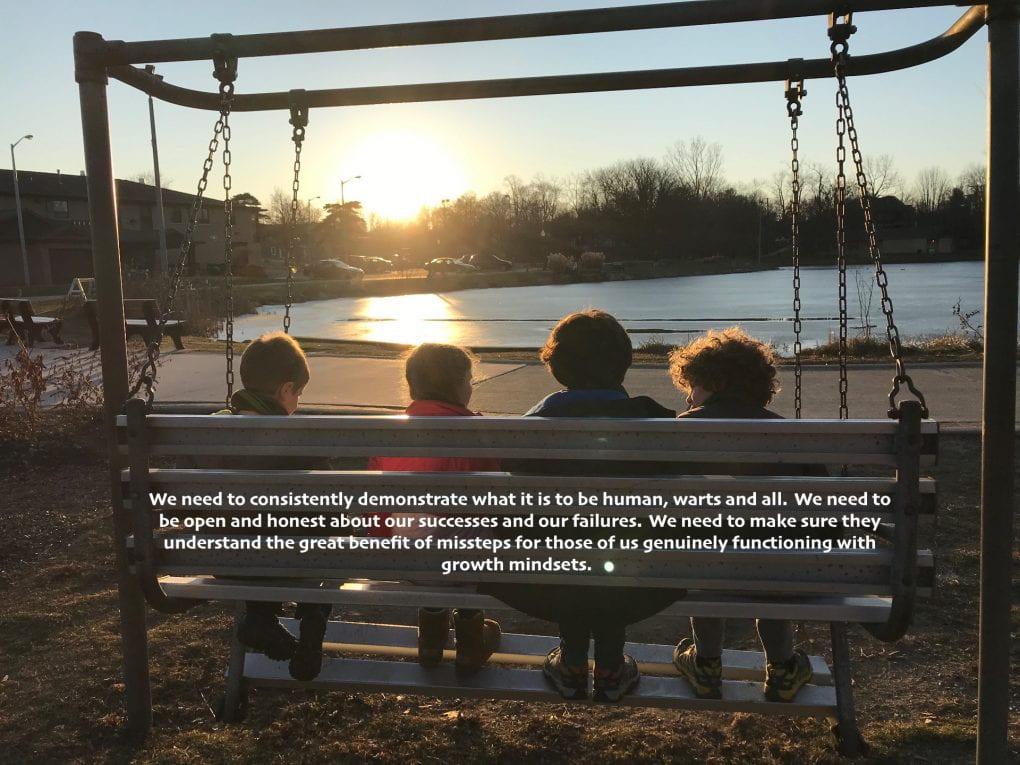Ride While Crying: A Focus on Resilience Through Trauma
This is hard.
It’s hard in a strange way. I don’t always realize how hard it is.
I sometimes find myself engaged in the following reflexive Q and A:
“How are you?”
“Doing good.”
“How are the kids?”
“Great.”
I understand that there are many families challenged in ways that our family can’t even imagine.
I know that we live with privilege , and that experiencing a global health crisis is different for me and my family than it is for many others. I understand that it doesn’t always feel hard for us because we have everything we need, and if we think need something we don’t have, we can either get it or live without it. Joyfully, even.
We’ve spent most of our moments enjoying time together over the past several months, feeing comfortable and secure, and being able to generate strength on the foundation of the “silver linings” lens we’re fortunate to see through and live within. I know that our privilege exists on the foundation of a void of privilege for others. I also know writing that sentiment won’t provide resources, security or health to the others in question, but somehow I felt pulled to write about that recognition of my privilege as a precursor to the following reflection, so I did.
One of my mentors puts our situation like this: same storm, different boats.
To whatever extent, and on whatever level, we are each living through trauma in this moment. We are each wondering when some normalcy will return to our world, for our children and for ourselves, and we are each hoping beyond hope that it will be sooner rather than later.
Our five year old learned to ride a two-wheeler without training wheels this summer. One of his favorite British television shows refers to training wheels as “stabilizers” – so of course, we do too.
On the first day of riding without stabilizers he managed to slowly but surely plow head first into the giant cement base of a sign post. I watched in wonderment as his face ran in what seemed to be slow motion across the gritty cylinder. Unable to stop himself, he slid all the way to the ground, bracing himself with his head. It was fascinating and troubling simultaneously. Thankfully, thick skulls run in our family.
As he managed his way back up, untangling his legs from the bike frame along the way, hopping and shifting to gain balance, determined to reset, I noticed a gigantic alligator tear sliding down his reddened cheeks.
I suspected he’d be ready to throw in the towel. I was wrong.
This kid, my strong-willed wife’s son, our adventurous explorer, the determined fourth child, looked up at me in earnest and asked, “Can I ride while crying?”
“You sure can, brother.”
And ride he did.
And guess what…he wasn’t crying for long.
Again, this is hard. Whoever you are, whatever boat you’re in…this is hard.
None of us have stabilizers for a pandemic.
Cry if you need to. I have. I’m sure I will some more.
But, ride while crying.
We’re strong. We’re courageous. Individually and collectively we have the will to overcome, to survive, and to thrive.
We aim for joyful and balanced days, and a bright future for ourselves and our children…and our aim is true.
Have your good days and your bad days.
Fall apart as frequently as you need to, but always put yourself back together – better than before.
Forgive yourself for stumbling.
Be ok with the mess of it all.
Build resilience.
Ride while crying.
In it together for the kids!
Live. Love. Listen. Learn. Lead. Thanks.







